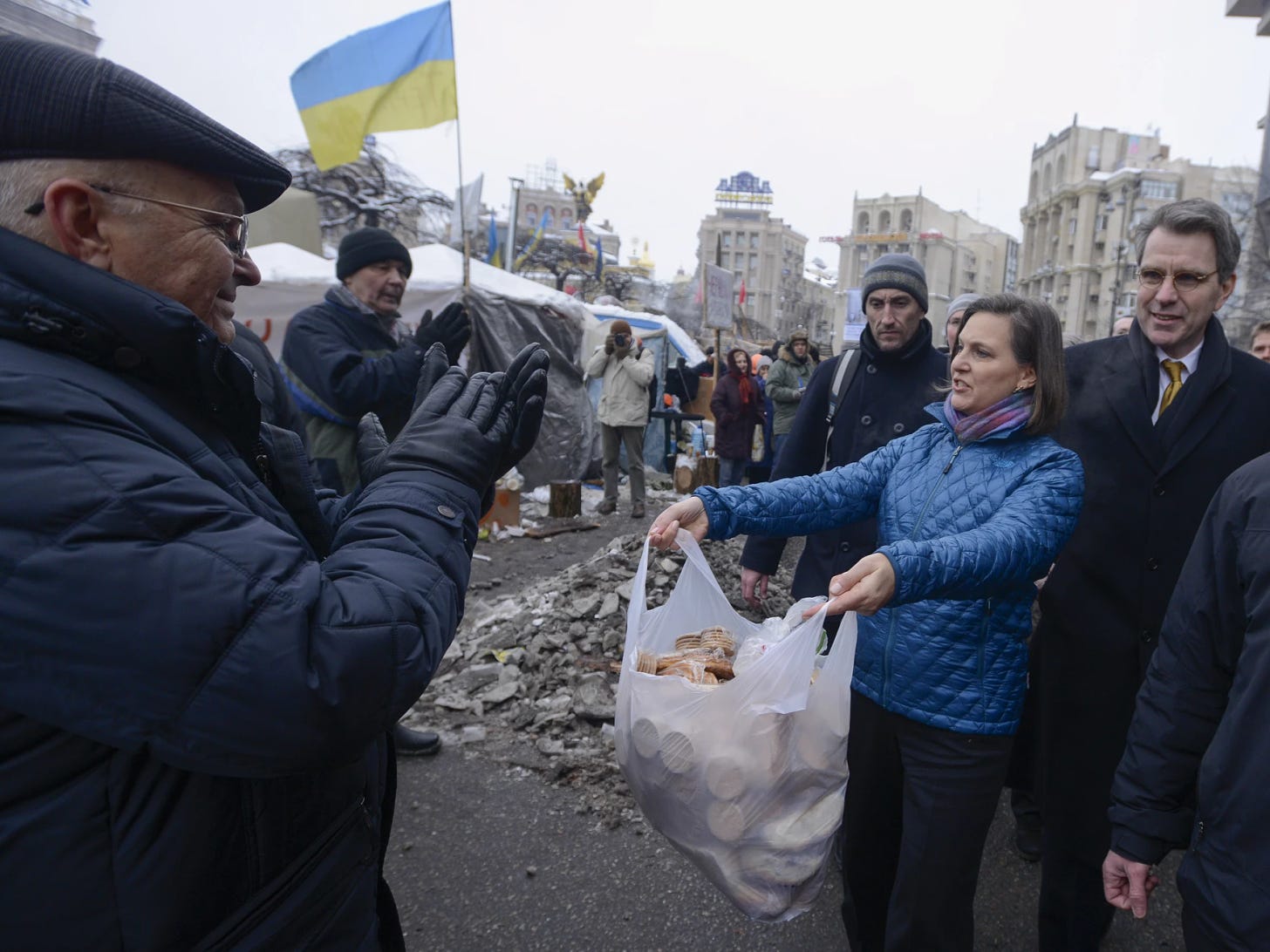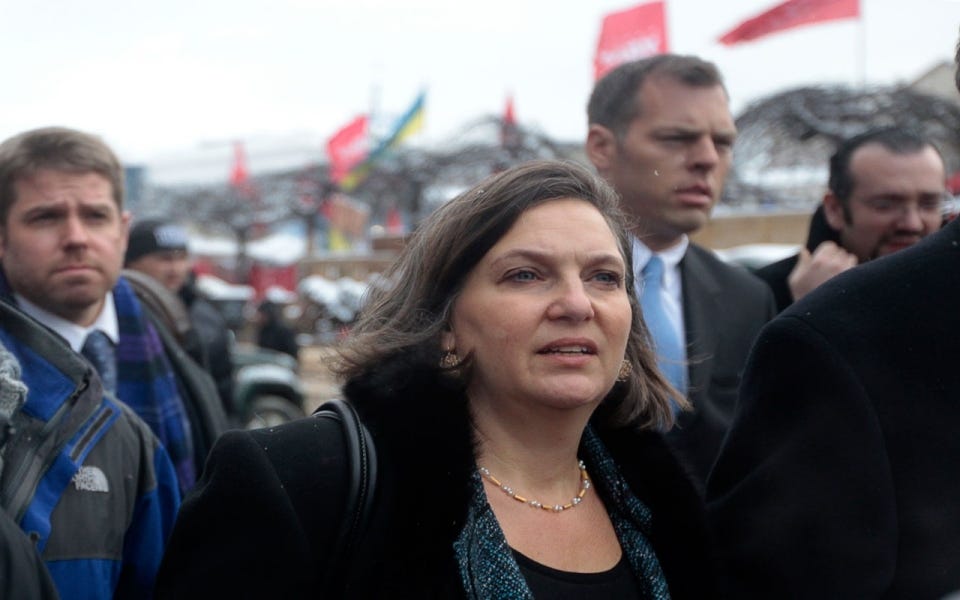
The commencement of political upheavals in world affairs sometimes lies with a seemingly ubiquitous event. This is not to say that the shooting down of a Russian Ilyushin-76 military transport plane carrying dozens of Ukrainian prisoners of war over the territory of Belgorod Region by two missiles fired from the area of Liptsy, in Kharkov Region on 24 January is anything like the spark that set off World War I when a Serbian patriot shot and killed Archduke Franz Ferdinand in the city of Sarajevo in 1914 and within a month, the Austrian army invaded Serbia.
That said, the downing of the Russian plane on 24 January would have far-reaching consequences now that the Russian investigators found irrefutable proof that the plane was shot down with a US-made Patriot surface-to-air system. President Vladimir Putin disclosed this himself.
Russia sought an emergency meeting of the UN Security Council in the matter but France as the president disallowed the request, which would have cast the West in bad light. The fact of the matter is that the US and Russia are not at war and the Americans would have no hesitation to call such an outrageous incident as an act of war if a Pentagon plane was shot down with a Russian missile in the US airspace.
To be sure, Russia will draw appropriate conclusions and formulate an appropriate reaction. This is intended as an escalation spiral as Russia’s election approaches.
Indeed, all indications are that the US strategy through this year is to “hold, build and strike” at Russia, as outlined in an article in the War on the Rocks co-authored by Michael Kofman, a leading American military analyst and the director of the Russia Studies Program at the Center for a New American Security. Basically, the strategy is predicated on the premise that Russia is still far from its official goal of seizing the entire Donbas and therefore, what happens in 2024 is likely to determine the future trajectory of the war.
Three elements are crucial to the new US strategy: one, a well- fortified frontline in Ukraine which stalls Russian offensives; two, pressing ahead with reconstituting the battered Ukrainian military; and, three, most important, degrading the Russian advantages and creating challenges for Russian forces far behind the front lines, while doubling down on rebuilding capacity to resume offensive operations. In a nutshell, the strategy is to reach a level of capability where Ukraine can absorb Russian offensives while minimising casualties and positioning itself to retake the advantage over time.
Russia is unlikely to remain passive without a counter-strategy. In fact, there is a perceptible acceleration of Russian operations lately. The factors of advantage largely lie with Russia which holds material, industrial, and manpower advantages, and therefore, recreating another opportunity to deal Russia a battlefield defeat is virtually impossible.
Washington should be aware that there is very little realistic chance of the West being able to outlast Russia and force it to accept peace on Ukrainian terms. Time is not on Ukraine’s side, either, militarily or economically. But that is the whole point.
The new war strategy in the making—which was outlined in a recent article in the Washington Post too—takes into account the real possibility of Ukraine becoming a dysfunctional state. But so long as Ukraine remains a cauldron boiling with nationalism that lends itself as base for hostile moves toward destabilising Russia and locking it in permanently in a confrontation with the West, the purpose is served —from Washington’s viewpoint.
The final act of the power struggle playing out in Kiev is, therefore, of decisive importance and is being supervised by none other than Biden’s agent ever since the Maidan coup in Ukraine in 2014—Victoria Nuland, Undersecretary of State in the administration, who visited Kiev last Wednesday. Nuland’s two-fold mission has been, first, to put in place a calculus of power in Kiev that is firmly under US control and, second, to steer the transition from war to insurgency when the need arises.

The probability being talked about is that President Zelensky who has burnt his bridges with Moscow will remain in power while the army chief Valeri Zaluzhni may be replaced. That said, the outcome of such high-stakes power struggles, as the one Kiev is witnessing, is also hard to predict. General Zaluzhni’s nuanced op-ed in CNN on the day after Nuland left no one in doubt that the redoubtable general is in a defiant mood.
Budanov’s biggest qualification is that although a man of very limited military experience, his forte is intelligence and covert operations who did brilliantly well to create a network of field operatives within Russia and hit that country from inside—just the man to navigate Ukraine’s transition from attritional war to full-bodied insurgency against Russia.
The US agenda to bleed weaken it in a long-drawn out insurgency is very much in the cards. This agenda enjoys the support of the transatlantic alliance and is “cost-effective” and allows the US to detach itself to focus on Asia-Pacific, while keeping Russia down for the foreseeable future. No doubt, Russia’s reaction to the downing of the IL-86 military plane by Patriot missiles in Russian air space was anything but an accident.
Moscow’s best option, it may seem, would be to create a buffer that keeps Russian territories out of reach of game-changing western medium and long-range missiles that are capable of degrading Russian logistics and command and control nodes and make large swathes of territories in the east and south of Ukraine, including Crimea, untenable for Russian forces.
But that necessitates a full-fledged Russian offensive to take control of the entire region to the east of Dnieper river. But Russia may face the same dilemma that Americans faced in Vietnam —stemming from the requirement to expand the theatre of operations into Laos and Cambodia (aside North Vietnam.) For Russia, that involves a colossal drain of human and material resources and the erosion of its international standing.
The only feasible alternative will be to end the war—through negotiations or militarily—in 2024. But Biden’s interest in negotiations is zero. That leaves the military option as the only choice. The strategy to degrade the Ukrainian military in the meat grinder was highly successful, but going forward, in reality, the US-led western alliance, especially key functionaries like Nuland (an ex-ambassador to NATO) with a long record of being Russophobic, are showing no signs of attrition.
Now that the US has broken the glass ceiling, Russia should brace for more incidents like the downing of the IL-76 plane. The Russian authorities will be keeping a beady eye. Nuland’s sudden appearance in Kiev as a psychopomp from Greek mythology at this inflection point in the Ukraine war needs to be factored in.
While in Kiev, Nuland forecast Ukrainian military successes in 2024 and that Moscow “is going to get some nice surprises on the battlefield.” The day before Nuland’s arrival in Kiev, Budanov said Ukrainian military is in “active defence” but somewhere in spring, Russia’s ongoing offensive “will be exhausted completely… and I think ours will start.” The tone of triumphalism is unmistakable, but how far it is rooted in reality time only can tell.



